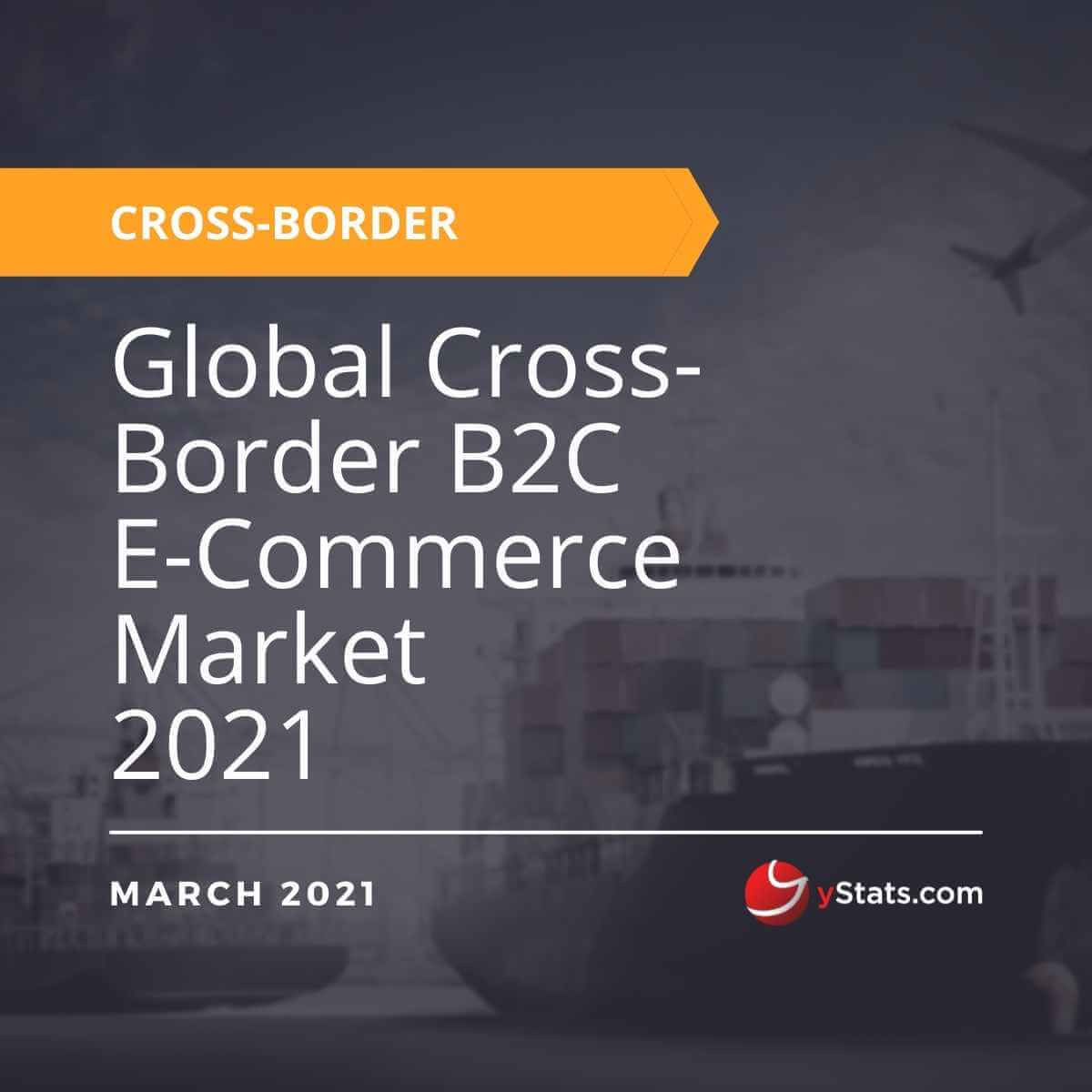Description
Countries Covered: Australia, Austria, Belgium, Bosnia and Herzegovina, Canada, Chile, China, Colombia, Denmark, Estonia, Finland, France, Germany, India, Indonesia, Italy, Japan, Lithuania, Malaysia, Mexico, Middle East, Netherlands, New Zealand, Nigeria, Norway, Poland, Portugal, Russia, Saudi Arabia, Singapore, Slovenia, South Korea, Spain, Sweden, Turkey, UAE, UK, USA
Pages: 153
Publication Date: 10/03/2021
Questions Covered in the report:
- How large was the global cross-border B2C E-Commerce market predicted to be in 2026?
- What are the main drivers and barriers of global cross-border B2C E-Commerce?
- Which countries had the highest cross-border online shopper penetration rates?
- What product categories were popular among cross-border online shoppers?
- Which E-Commerce marketplaces were mostly used by online consumers to buy internationally in 2020?
Key Findings:
Although cross-border E-Commerce payments were expected to decrease due to COVID-19 in 2020, this was still adapted by the majority of countries
Despite the disruption of cross-border B2C E-Commerce after COVID-19, the market value was projected to grow steadily
In spite of the global disruption of cross-border B2C E-Commerce during the first lockdown, the second half of the year was quite promising for the market. Moreover, by 2026, the cross-border B2C E-Commerce market value was forecasted to rise yearly by 30% compared to the 2019’s value. However, in the short run, worldwide cross-border payments were forecasted to decrease by approximately 8% from 2019 to 2020 as a result of the COVID-19 health crisis restrictions. In Europe, the shares of cross-border B2C E-Commerce declined in 2020, and in some countries quite substantially. Nevertheless, the value of international online shopping is expected to recover by 2022. Moreover, in the UK, despite the expected increase in the number of cross-border online shoppers between 2019 and 2020, the new forecasts see the figures gradually declining over the next two years due to Brexit.
China, the United States and Germany were top cross-border online shopping destinations in 2020
Almost 70% of consumers globally made an online purchase cross-border at least once in 2020. The most popular destination to purchase online from in 2020 was China, followed by the United States and Germany. Furthermore, although China’s share of cross-border online shopping worldwide was at the same level two years in a row (2018 and 2019), it dropped for the first time by 2 percentage points in 2020. In the countries of Asia-Pacific the most popular marketplace origins for online cross-border shopping were China, the United States, Japan and Australia. Whereas, in Europe, in many countries, consumers made online purchases mostly from China and Germany in 2020. Furthermore, Chinese and the United Kingdom’ marketplaces were one of the most popular in North America in 2020.
“Fashion” was the most common product category when cross-border shopping online
During the pandemic in 2020, online consumers most commonly shopped cross-border for “fashion” category products. However, there were also some other categories preferred among consumers in 2020. In South Korea, particularly, other than “fashion”, “beverage & food” goods type was popular to purchase from abroad, whereas “cosmetics” were usually exported. In Australia, aside from “fashion”, people tended to buy most frequently “games & toys”. Yet in Japan, popular goods’ segments sold abroad online were “toys & games”, “music”, “fashion” and “cars & motorcycles”, whereas purchased online from across the borders were mostly items related to vehicles or videos (movies, DVDs and others).
In most countries, domestic B2C E-Commerce market size still outweighs the international
In the number of nations, domestic B2C E-Commerce prevailed both before the onset of the pandemic, and during it. In the first quarter of 2020, only about one-third of online sales in Germany were made in European countries (other than Germany) or outside the continent. The same pattern was witnessed in Russia, Poland and Turkey, with the major predominance of nationwide B2C E-Commerce over international one in 2020. In Italy, however, the figures were different, the share of E-Commerce companies selling cross-border outweighed those marketing nationwide in 2020. In another region, Latin America, B2C E-Commerce across the borders was also outpaced by local ones. Moreover, the international B2C E-Commerce market experiences losses due to the coronavirus pandemic in 2020, yet, it was forecasted to recover and increase back in 2021.
Amazon.com was the most popular E-Commerce platform to cross-border shop and sell online
The COVID-19 lockdown prompted consumers to shop online more often in 2020, thus, the foreground mean of purchasing were marketplaces. With the acceleration of cross-border online purchases, top used online platforms globally were Amazon, Alibaba/AliExpress and eBay. Amazon was mostly preferred by consumers from Luxembourg, India, Austria, Ireland, Canada, Italy, Japan and other countries. As for Alibaba/AliExpress, this was mainly popular among Russian, Lithuanian, Latvian, Polish and Moroccan digital consumers. eBay on the other hand was preferred majorly in Australia, the United Kingdom and Croatia. Other than that, Amazon and eBay were also in demand in Europe as marketplaces to sell on, with over 50% of experts within E-Commerce industry surveyed choosing them to market. Furthermore, the popularity of Amazon was based on the website visits over the last 6 months of 2020, where it dominated as an international marketplace.






